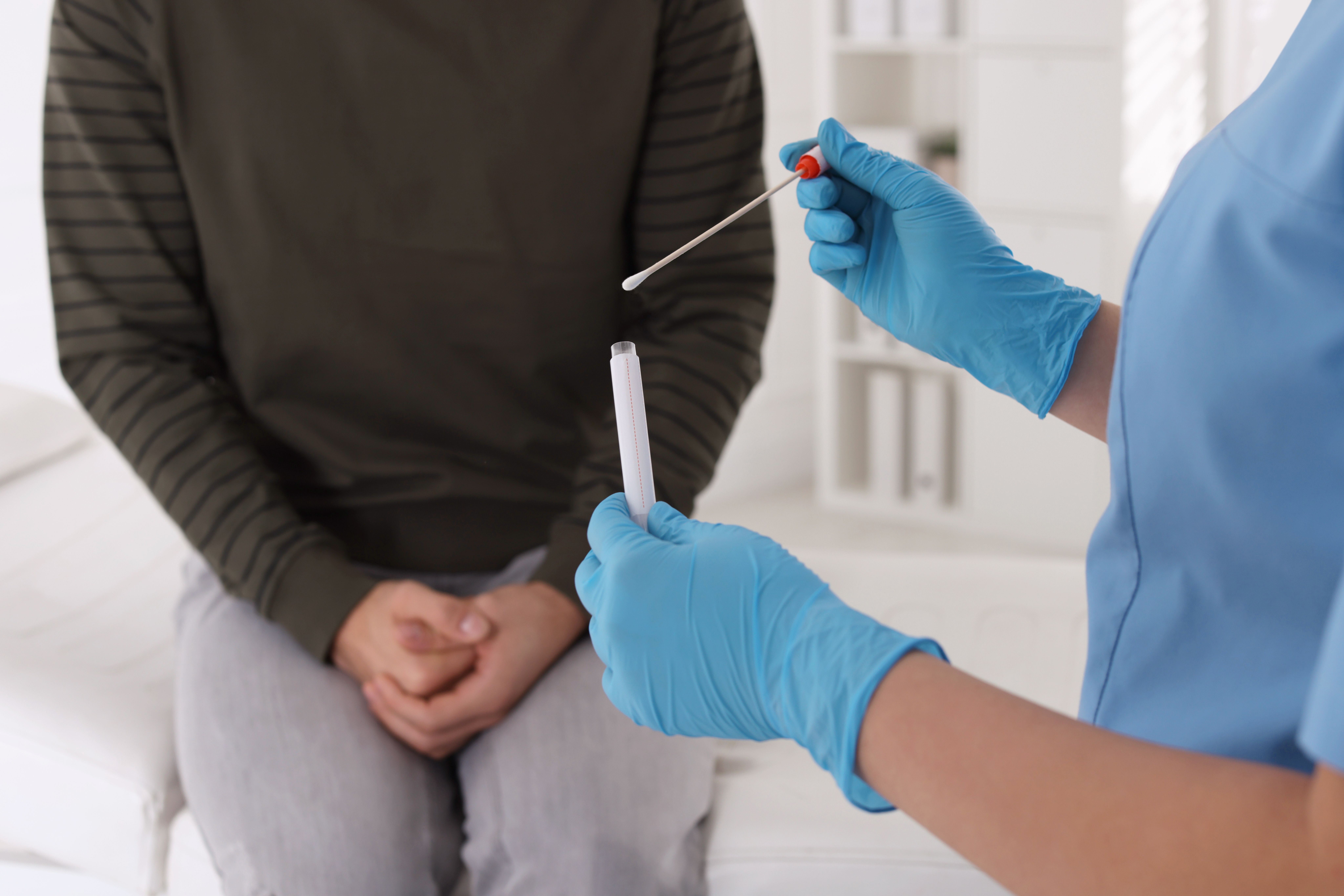Escalating STI rates undermine global health progress towards 2030 targets
Despite WHO’s goals to reduce syphilis and other STI infections by 2030, rising case numbers underscore the urgent need for intensified global disease prevention and control efforts.
Escalating STI rates undermine global health progress towards 2030 targets | Image Credit: © New Africa - © New Africa - stock.adobe.com.

These diseases collectively contribute to approximately 2.5 million deaths annually, revealing the need for efforts in disease prevention and control. Despite the target set by WHO Member States in 2022 to reduce annual adult syphilis infections by ten-fold by 2030, from 7.1 million to 0.71 million, new cases have surged, surpassing 8 million in 2022. This increase, pronounced in the Americas and African regions, jeopardizes the achievement of Sustainable Development Goals (SDGs) related to health by 2030.
Alongside syphilis, other curable STIs such as gonorrhea, chlamydia, and trichomoniasis account for over 1 million infections daily, further complicating the global health landscape. WHO Director-General Tedros Adhanom Ghebreyesus MSc, PhD, expressed concerns about the rising incidence of syphilis and emphasized the need for countries to intensify efforts in achieving the targets set.
“Fortunately, there has been important progress on a number of other fronts including in accelerating access to critical health commodities including diagnostics and treatment. We have the tools required to end these epidemics as public health threats by 2030, but we now need to ensure that, in the context of an increasingly complex world, countries do all they can to achieve the ambitious targets they set themselves,”1 states Ghebreyesus.
The report highlights challenges in reducing new HIV and viral hepatitis infections, with only a small reduction observed in new HIV infections from 2020 to 2022. Men who have sex with men, people who inject drugs, sex workers, transgenders, and individuals in closed settings, continue to experience higher HIV prevalence rates.
Previous reporting from Contagion emphasizes, “There is stigma related to the virus (HIV) itself and stigma about how the virus is transmitted, such that it feels endemic to the fight against HIV. But there is also stigma around sex and sexuality and about sex work and drug use.”2
Efforts to expand services have yielded commendable gains, with 19 countries validated for eliminating mother-to-child transmission of HIV and/or syphilis. Additionally, countries like Botswana and Namibia are moving towards eliminating HIV, with Namibia being the first to submit a dossier for evaluation for the triple elimination of mother-to-child transmission of HIV, hepatitis B, and syphilis.
According to WHO on Nambia's new milestone, “HIV testing among pregnant women is almost universally available across the country and access to treatment has led to a 70 percent reduction of vertical transmission in the last 20 years. In 2022, only 4 percent of babies born to mothers living with HIV acquired the virus. Almost 80 percent of infants received a timely birth dose of hepatitis B vaccine, one of the key metrics of success on the path to elimination.” 3
While progress is evident, the nature of advancements across disease areas underscores the importance of concerted global action to effectively tackle the challenges posed by HIV, viral hepatitis, and STIs.
This article was published by our sister publication Contagion Live.
References
- WHO. New report flags major increase in sexually transmitted infections, amidst challenges in HIV and hepatitis. Published May 21, 2024. Accessed May 22, 2024. https://www.who.int/news/item/21-05-2024-new-report-flags-major-increase-in-sexually-transmitted-infections---amidst-challenges-in-hiv-and-hepatitis
- McGorman, L, MPPA. Political and Social Barriers to Ending the HIV Epidemic. Contagion, October 2023 (Vol. 08, No. 5) Volume 08 Issue 5. https://www.contagionlive.com/view/political-and-social-barriers-to-ending-the-hiv-epidemic
- WHO. Namibia reaches key milestone in eliminating transmission of HIV and Hepatitis B. Published May 7, 2024. Accessed May 22, 2024. https://www.unicef.org/esa/press-releases/namibia-reaches-key-milestone-eliminating-transmission-hiv-and-hepatitis-b
Study finds lack of testing for gonorrhea, chlamydia during pregnancy
August 15th 2024Adherence to guideline-based laboratory testing and treatment of chlamydia and gonorrhea in pregnant women has been found to be suboptimal in the United States, indicating the potential for negative effects on newborn and maternal health.
Read More
